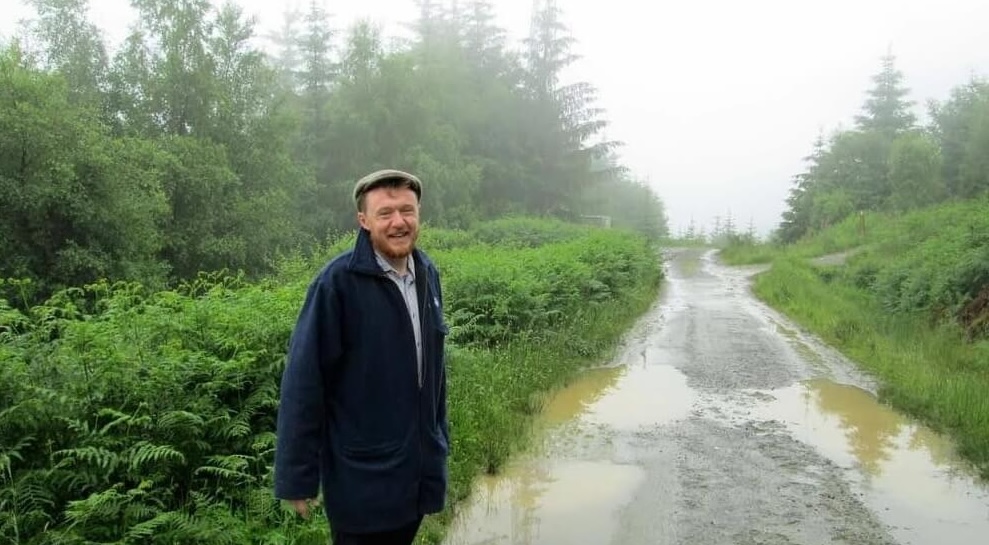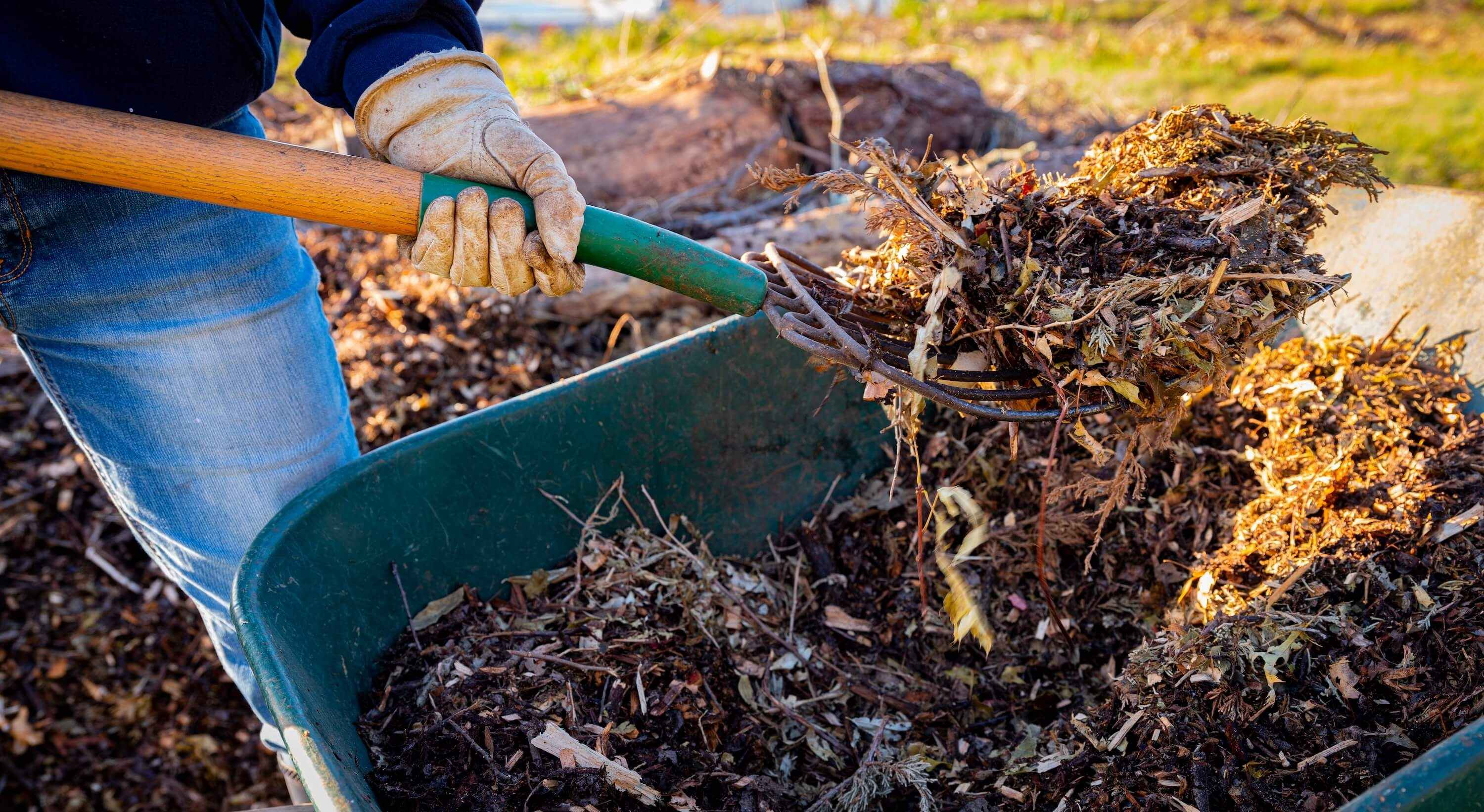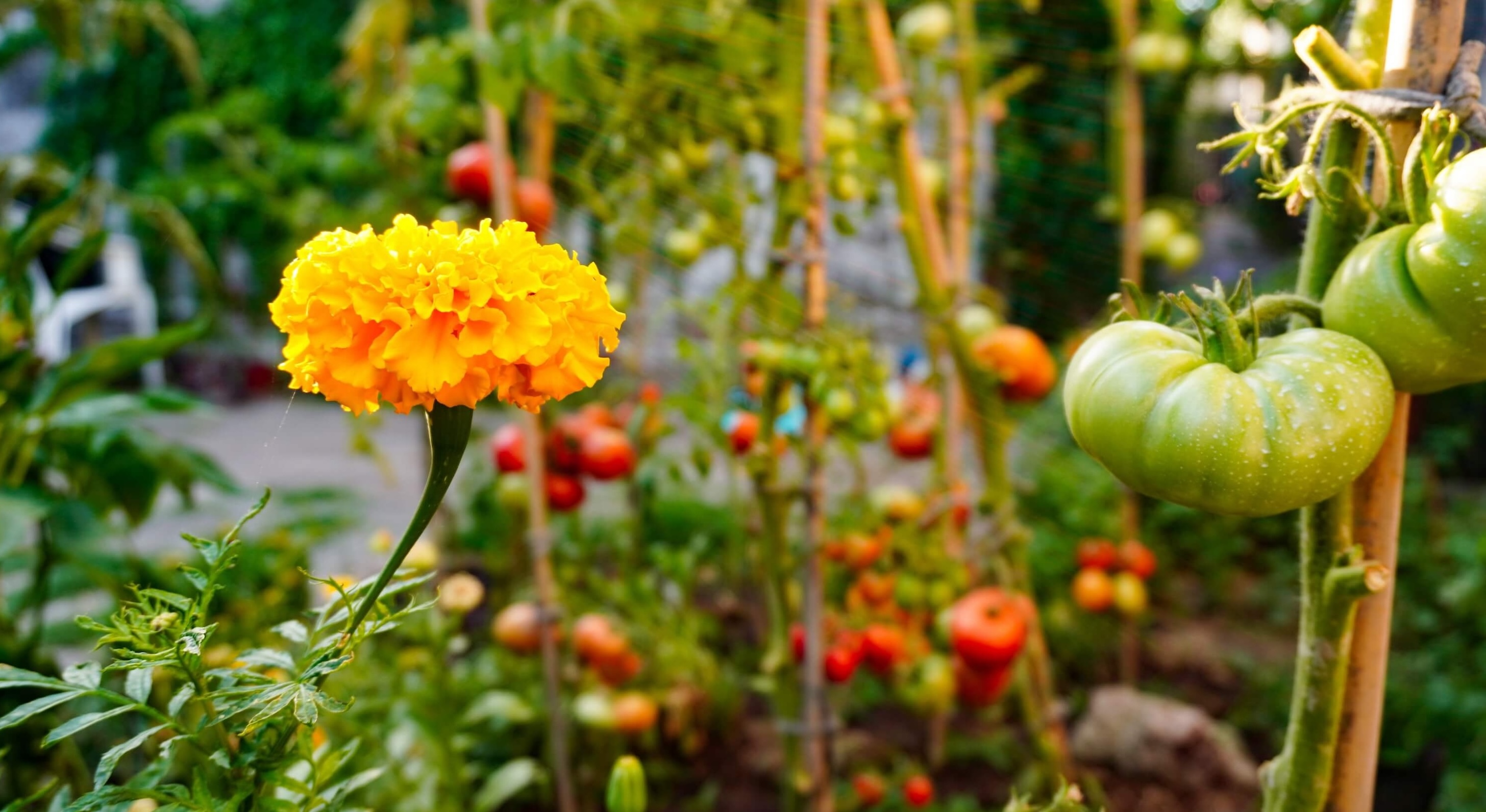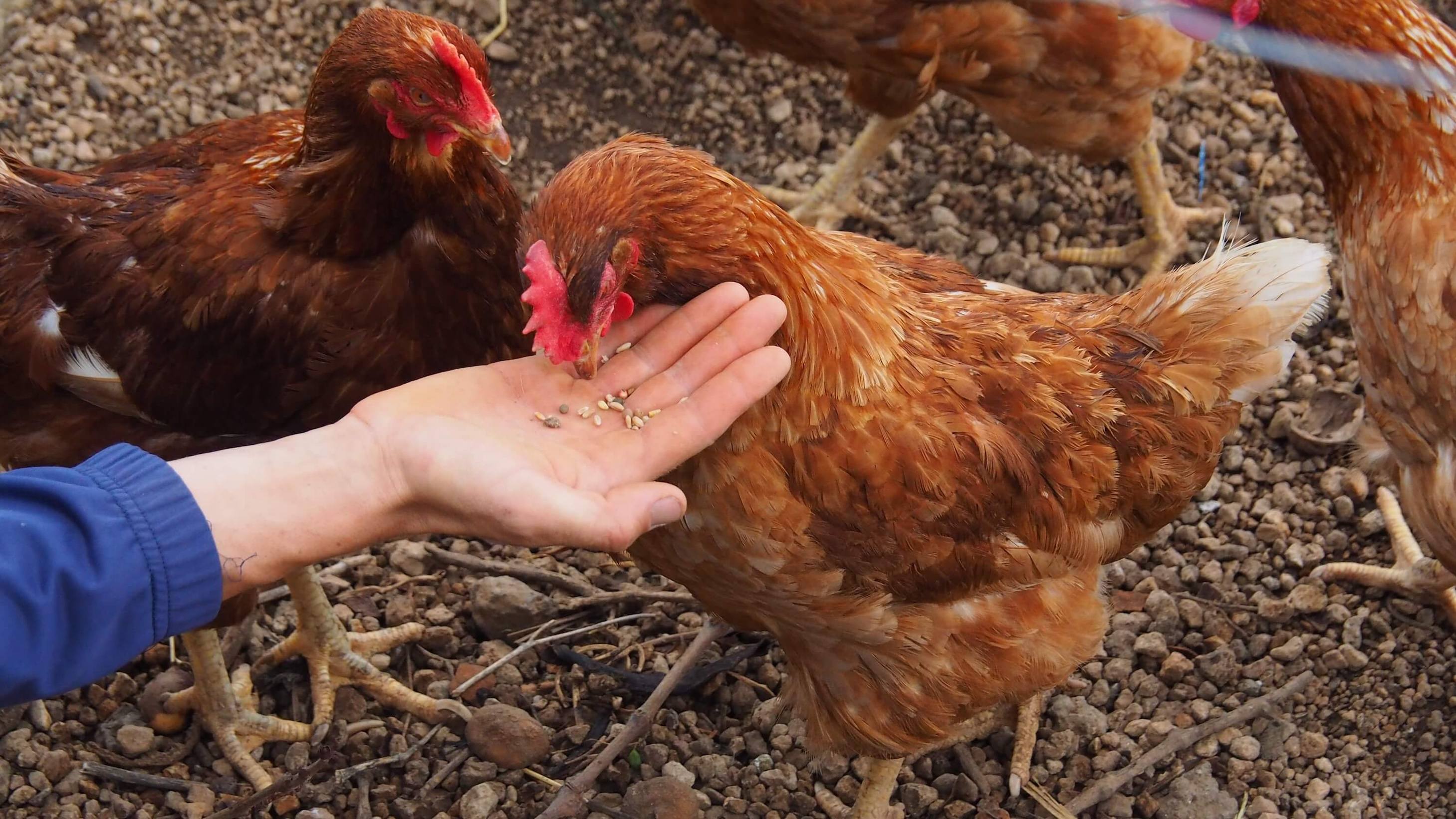

Whether you need a hand with general garden maintenance or want to dive into the world of permaculture, I'm here to offer advice or put in the hard work.


Originally hailing from Scotland, I made my way to Wellington in 2008 as an Engineer. Over time, my fascination with gardening and sustainability took root. In 2018, I earned a certificate in Permaculture design, and since then, I've been applying these skills to transform my suburban garden and helping others do the same with theirs.

Permaculture, short for "permanent agriculture" or "permanent culture," is a holistic approach to designing and managing ecosystems that mimic the diversity, stability, and resilience of natural ecosystems.
Developed by Australians Bill Mollison and David Holmgren in the 1970s, permaculture is centered around sustainable and regenerative principles applicable to various aspects of human life, including agriculture, gardening, architecture, energy, and community development.
Key principles of permaculture include:
Permaculture principles can be applied in various contexts, from designing backyard gardens to large-scale agricultural systems, and they emphasize a thoughtful and sustainable approach to human interactions with the environment. Permaculture practitioners aim to create systems that not only meet human needs but also contribute to the health of the planet.